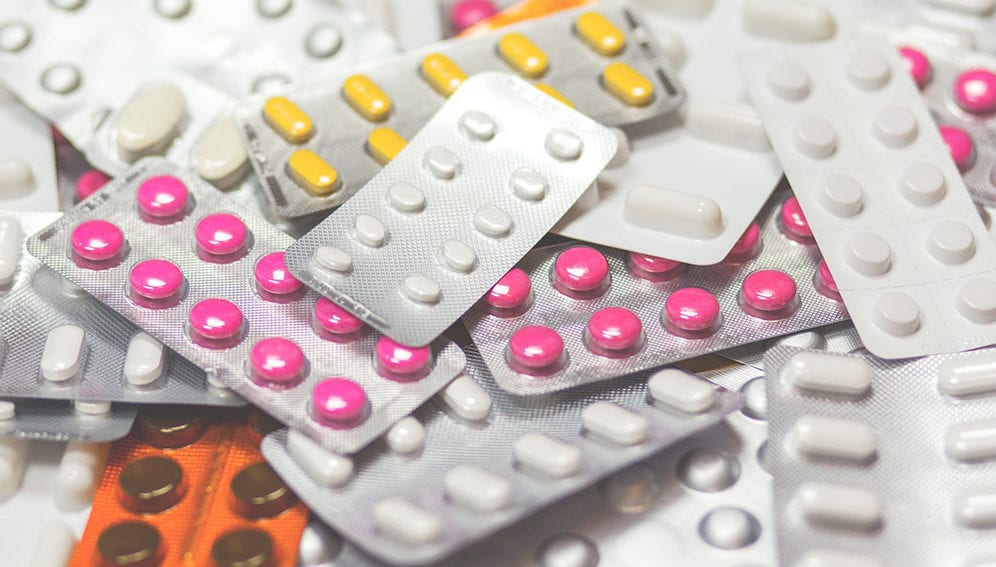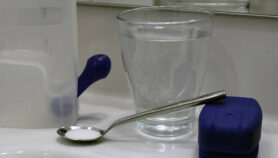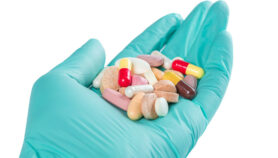By: Crispin Maslog
Send to a friend
The details you provide on this page will not be used to send unsolicited email, and will not be sold to a 3rd party. See privacy policy.
Health care costs in the Asia Pacific have gone up dramatically in the past 15 years, rising by nine per cent yearly compared to the average annual economic growth rate of 6 per cent in most countries in the region.
What drives these health care costs up are pharmaceutical expenditures, which account for one-fourth of all health expenditures in the region. Spending on medicines has outpaced general health spending by an average of 0.5 percentage points per year, said the World Health Organization (WHO). (1)
“The challenge in modern medicine, especially for degenerative diseases, is not availability of effective drugs anymore, or even the feasibility of producing such drugs, but their prohibitive costs”
Crispin Maslog
In terms of public sector health expenditures, pharmaceutical spending now accounts for 31 per cent across the Asia-Pacific region and is even higher for lower-middle income countries, WHO added. The rising costs are affecting especially the senior population, those who are suffering from cancer, stroke and dementia and ailments of older generation.
High costs of drugs
The challenge in modern medicine, especially for degenerative diseases, is not availability of effective drugs anymore, or even the feasibility of producing such drugs, but their prohibitive costs. Effective treatments for cancer and old-age diseases are being discovered but the cost of the research and discovery is going up, making the cures unaffordable for most people.
According to the Tufts Center for the Study of Drug Development in Boston, Massachusetts, the cost of developing a drug has more than doubled in the past 10 years to US$2.6 billion. It says the higher cost is due to the increased complexity of clinical trials and the high cost of failure in drug development.
"High R&D costs are often cited by manufacturers as a reason for the high costs of their drugs, therefore, transparency about public research funding contributions should be very important,” said the head of Ludwig Boltzmann Institute for Health Technology Assessment in Vienna, Claudia Wild. But this is not the case. (2)
So how do you ease the problem of skyrocketing drug prices?
There is really no easy answer. But one thing that can be done is to start expediting the drug approval process for new drugs, especially on those that have already been given the go signal by reputable agencies such as the US Federal Drug Administration (FDA). Currently, the process is long and tedious and individual countries often do their own testing and approval despite getting the clearance in many other countries.
In China, for example, the process has sometimes led to drugs coming into the Chinese market ten years after they appeared in the US market. The same is true in India. If the approval process is shortened, this would bring the costs down.
A second way to bring drug prices down is to go for generic drugs. In China and Japan, particularly, cancer patients and their families who are faced with high costs of approved drugs look for generic ones in the grey market to save costs.
A generic drug is a medication made to be the “equivalent of a brand-name drug in dosage form, safety, strength, route of administration, quality, performance characteristics, and intended use”. Generic drugs, though cheaper, become available only after the brand name’s drug patent has expired, which may take up to 20 years from its first filing with the US FDA.
The reduction in upfront research costs means that generic drugs can be sold at substantial discounts, an estimated 80 to 85 per cent less than the price of the branded medicine. According to the IMS Health Institute, generic drugs saved the US health care system US$1.67 trillion from 2007 to 2016 (3).
The US and Japan are the No. 1 and 2 producers of drugs in the world, followed by India. However, India is the world’s biggest manufacturer of generic medicines. Indian generics account for 20 per cent of the country’s global exports. (4)
There is a way to share the Indian expertise in generic medicine—spread the manufacturing expertise with other Asian countries. The idea was suggested by Philippine trade minister Ramon Lopez during the visit of Indian President Ram Nath Kovind this month (October 2019), as reported in Philippine media.
Lopez invited the business delegation of President Kovind to establish plants in the Philippines and manufacture medicines (especially generic drugs) in the country to reduce costs for Filipino customers.
The Philippines buys about US$200 million worth of generic medicines from India a year, and 90 per cent of it is bought by the government. Medicines make up about 12 per cent of all Philippine imports from India. (4)
The Philippines import drugs in an effort to bring down their prices. But Indian pharmaceutical firms have complained about the tedious registration process at the Philippine FDA, sometimes lasting up to three years for a single drug.
One thing is sure, with newly developed drugs increasingly becoming extremely expensive this poses new challenges for health care systems. In May, the WHO adopted a resolution calling for greater transparency in the pricing of medicines.
Alternative medicines
In view of the skyrocketing prices of Western medicines, there is a growing trend in Asia Pacific countries to look for natural or alternative medicine, defined as medicine not standard in allopathic medical practice.
Alternative medicine is difficult to define because it is so diverse. But it encompasses diet and exercise changes, hypnosis, chiropractic adjustment, acupuncture, aromatherapy, ayurvedic medicine, balneotherapy, homeopathy, and reflexology, among other treatments.
In its wider sense it may include the practice of traditional or herbal medicine, which includes medicinal and therapeutic use of plants in the prevention and treatment of illness. One successful example of herbal medicine in the Philippines is Lagundi (Vitex negundo), a large shrub that grows in South and Southeast Asia and has been traditionally used as cough medicine. The extracts of its leaves are now being manufactured in capsule and syrup forms and sold in local pharmacies.
However, the benefits of natural medicine are still being debated and more research is needed to determine their efficacy, but people are trying them out, especially when the cost of allopathic medicines is so prohibitive or when they fail.
In my opinion, it is time to look at alternative medicines seriously. If they do not harm and if they are so cheap, it is worth developing them scientifically to complement allopathic medicine.
Crispin C. Maslog, former journalist with Agence France-Presse, is an environmental activist and former science journalism professor, Silliman University and University of the Philippines Los Baños, Philippines. He is a founding member and now Chair of the Board, Asian Media Information and Communication Centre, Manila.
This piece was produced by SciDev.Net’s Asia & Pacific desk.
References
- Government pharmaceutical pricing strategies in the Asia-Pacific region: an overview, Naina R. Verghese,a Jon Barrenetxea,a Yukti Bhargava,b Sagun Agrawal,a and Eric Andrew Finkelsteina,c . Published online April 11, 2019.
- Expensive Drugs Despite High Public R&D Funding, News Release by Barbara Bauder ([email protected], Sept. 26, 2019)
- Generic Drugs: Questions & Answers, online. Retrieved Oct. 22, 2019
- 2018 Generic Drug Access & Savings Report














